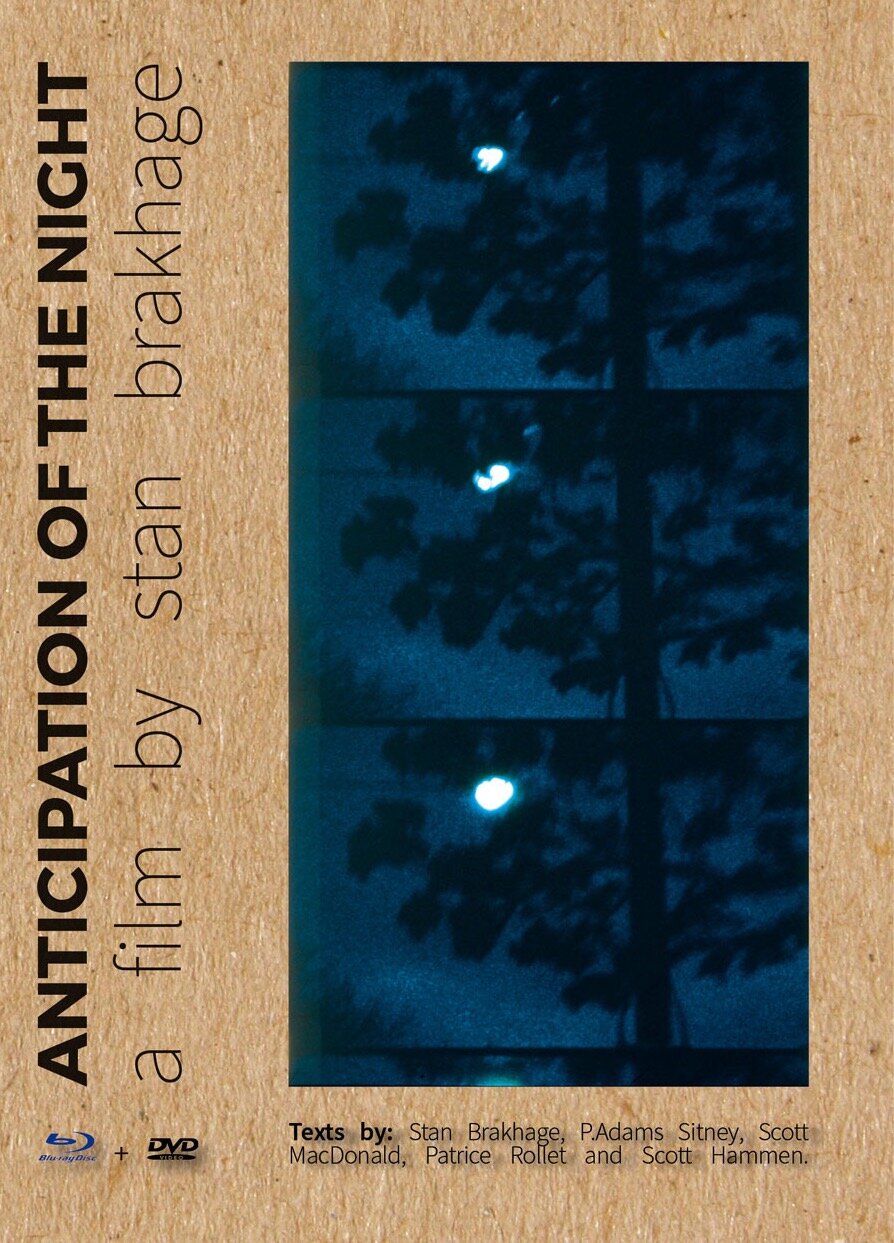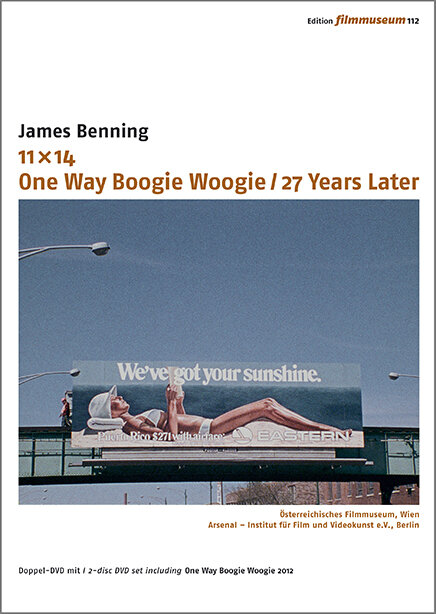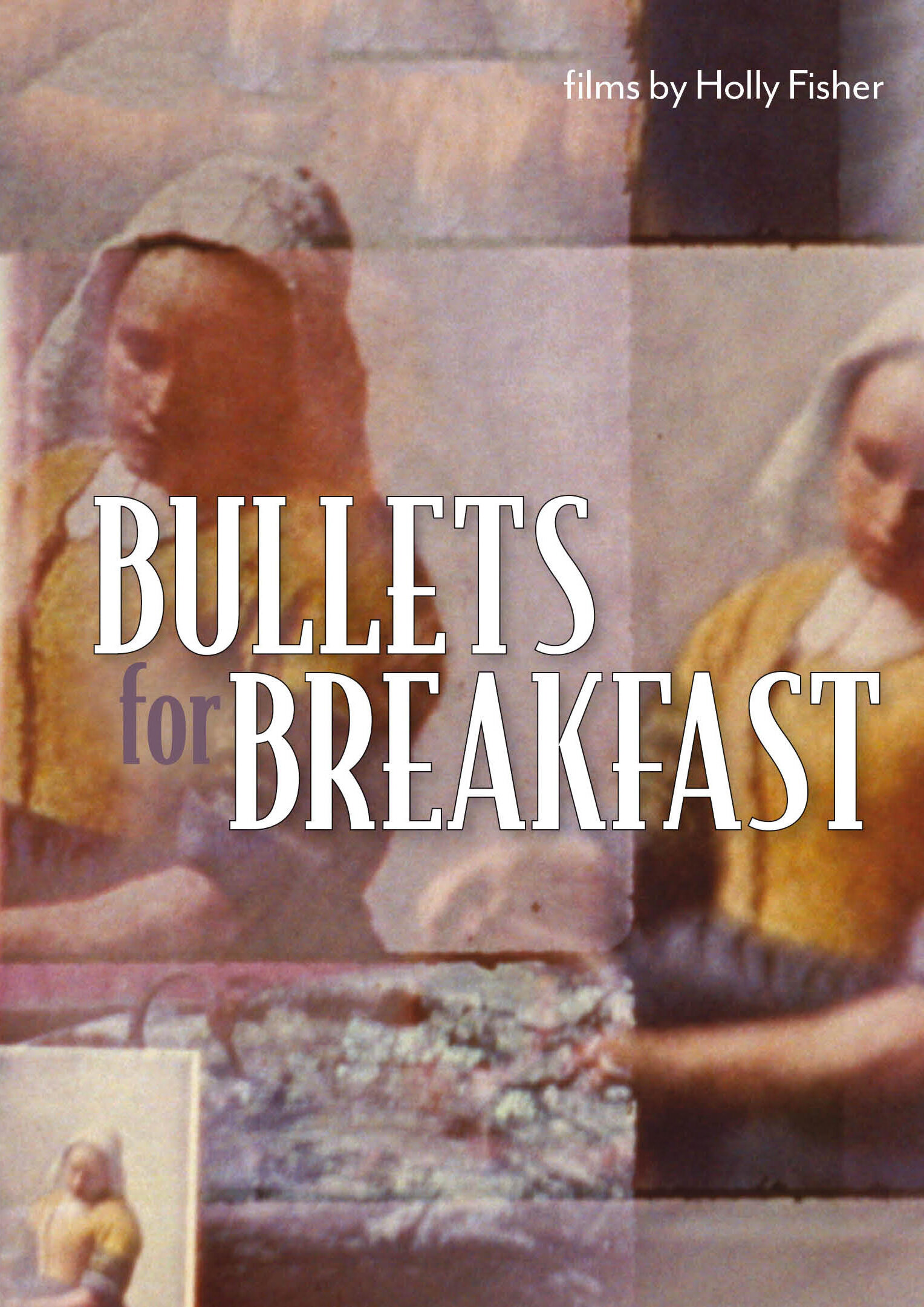GME Presents DVD Fall Flashbacks - Robert Todd and Jacques Perconte: From 16mm to Digital
/In the experimental realm, we are proud to feature short form moving image works by Robert Todd (1963-2018) and Jacques Perconte (b. 1974). Both of them are master artisans of the landscape film. Todd shot and assembled his movies exclusively in the 16mm analog format, creating abstraction through the play of light and shadow; Perconte works in a digital environment where he manipulates pixels to create abstract effects. These two DVD releases thus serve as companion works for study and appreciation by the academic community.
◊
Robert Todd’s filmmaking practice emanated from his work as a draughtsman, painter, and musician. The artist has written of the connection between these diverse forms of artistic disciplines within his work as:
finding forms to be engraved upon the emulsion… the shift in layering of color, form, line and fields from being perceived on a single surface to the more complex elongation of the palette over time (elements ‘layering’ over or under one another from shot to shot, over the course of developing composition) – shifting the process of painting and drawing to this drawn out temporal field brought it closer to music, in these terms.
Shooting exclusively on 16mm celluloid film, Todd’s motion pictures are meditations upon landscapes, both of the natural and man-made worlds. The characteristics of the emulsion-based film serves as his medium to augment the visual world through its ever-changing visible light and shadow. His films are akin to the aesthetics of Stan Brakhage and Marie Menken, in the tradition of the lyrical film.
The films in this digital edition of ROBERT TODD: INTERIOR LANDSCAPE were all selected by the filmmaker himself; they reflect shifts in the filmmaker’s “state of being” over the period of a decade (2005-2013): in his own words, “a convergence between observational lyricism and expressions of a disquieted soul.” With the passing of Robert Todd in 2018, the experimental world lost a creative artist of extraordinary emotional sensitivity and creative focus.
Todd began each filmmaking venture outside the steps of his apartment building in Boston; he explored the parks near his home, the buildings on his street, and other local surroundings. From these sojourns, Todd filmed individual rolls of what he termed “in-camera performances.” They were shot by Todd in both black-and-white and color, often replete with dolly-like camera movements in close-up, and augmented with an array of cinematic techniques, including single framing, double exposures, cross-dissolves, and negative imagery. He later conjoined rolls of film into what he described as follows: “I often find myself treating each performance-roll as if it were a stanza written carefully in indelible ink, a unit on its own, but also awaiting its potential place in a dialogue with others that will fill out some larger ‘poem’ of conjoined rolls.”
In the post-production process, Todd added sound to his films. Some of them include piano pieces that the artist played around the time of making an individual work; at other times he selected sounds from his audio library, including birds chirping, the drone of planes, an owl’s hoot, and wind whooshing. Todd thought of sound in very plastic terms. He played with its shape or feel, layering a sound over itself in different ways. He sought to build upon a mood from watching the footage that he shot previously, creating an audio track either in harmony or counterpoint to the imagery.
◊
Like Robert Todd, Jacques Perconte began his career in painting and drawing. He experienced his creative breakthrough when he began to work with the internet and video in 1995. Whereas Todd shot with a 16mm film camera, Perconte has utilized digital cameras -- including the Osmo and various Sony devices. Initially making films exploring the body, he then transitioned to focusing on landscape films. The publication of JACQUES PERCONTE – CORPS gathers together three of his films that exemplify this transitional moment in his art-making practice.
Originally trained in the Beaux Arts tradition of painting nudes, Perconte re-interprets this painterly approach in a digital environment. SNSZ (2002) uses as its source pornographic footage of bodies mingling. The allusion to these physical acts are obfuscated through abstract, close up images in a field of red against a black background. Just as Robert Todd superimposed images in his films via in-camera edits, so does Perconte superimpose shapes (in post-production) through the digital technical of compositing. Perconte also exploits the process of image compression and decompression to reveal the pixels underlying the technical materiality of the digital image. As SNSZ progresses, the reds and blacks give way to greens and yellows and the digital pixels take a more prominent place. In ISZ (2003), Perconte turns to the natural world: roses. The film begins with closeups of the veins of the petals, and quickly moves to an abstract landscape of pinks and purples. In his studio, Perconte transforms the imagery, making petals brush up against each other, mingle, blend, and carress, with the work ending in a swirl of pink clouds.
uaoen (2003) is Perconte’s first true landscape film. In his art education, Perconte was particularly attracted to 19th and 20th century landscape painters such as Gustave Courbet and William Turner. He was also drawn to the work of the Abstract Expressionists. Just as these latter postwar artists collapsed perspective into flatness, so too does Perconte in uaoen (2003), but in this instance with digital pixels rather than paintbrushes.
The source of this movie is footage filmed by a friend of Perconte’s, placing the camera in front of a truck driving through a forest. Perspective (depth perception)) is presented in black and white in unaltered fashion at the beginning of the film. Then, across the duration of this 30-minute video work, uaoen leads the spectator through a landscape in transformation: the image is altered, tree by tree, pixel by pixel. The terrain loses its iconography and its depth all while moving towards a final rupture with perspective by becoming completely flat.
The bonus for this DVD edition comprises a 22 minute documentary by Pip Chodorov entitled DÉCOMPOSITIONS, in which the artist demonstrates his technical and creative process. Jacques Perconte has spent a lifetime discovering the hidden art in the interstices of the digital image through reverse engineering and expert manipulation of the encoding and storage technologies of digital video. As José Sarmiento Hinojosa has written in desistfilm,
Jacques Perconte is a modern alchemist, a master magician of the image. The pixel,
that underwhelming element of measure of the digital image, becomes a whole palette
of possibilities, a fine brush or a plank vibration, technology in the realm of plastic arts,
binary poetry, romantic anarchism, a feverish hallucination of distorted images; always
the eye, deceived by the underlying magic of what it sees. A universe behind a universe,
like the machinations of algorithms always pulsating to discover the true reality of light:
in what we see lies a hidden veil, a fantasy of representations. Manet, Monet, Degas,
Cezanne, Matisse, the canvas, or Perconte and the computer.
◊
Related Films of Interest Available from GME:







